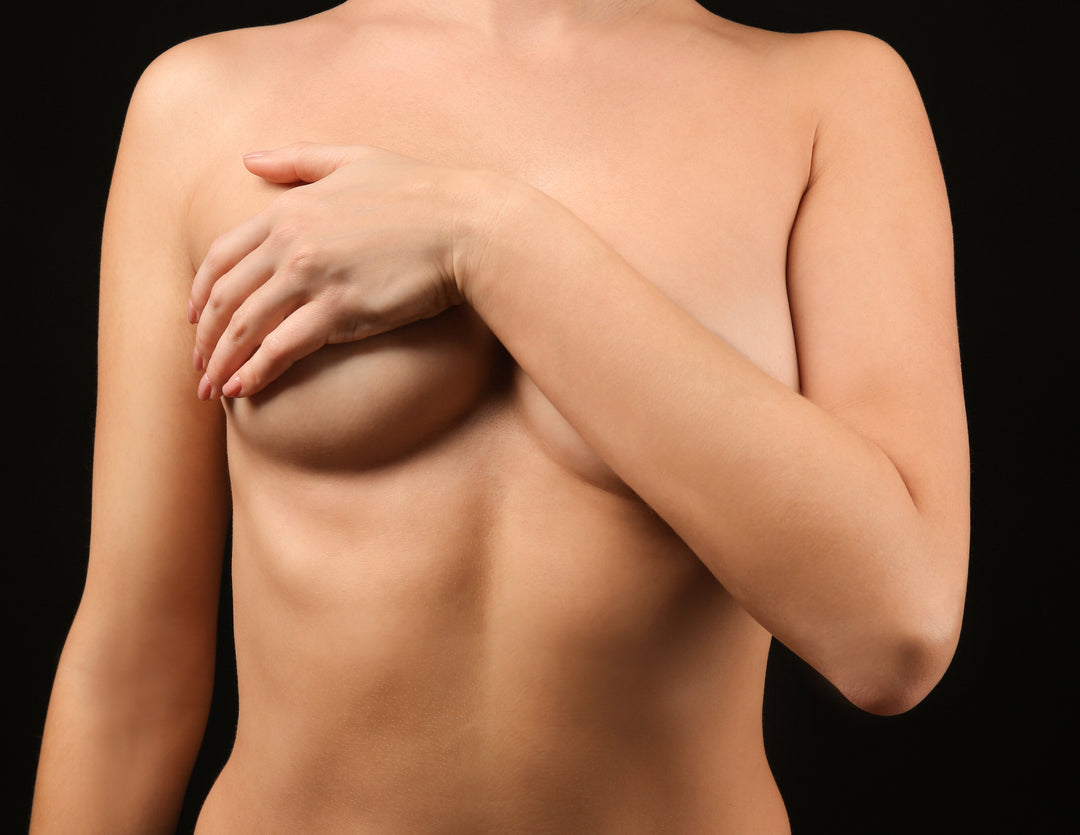Empowerment in 5 Steps: Your Guide to a Self Breast Exam
Did you know women at high risk should start getting screened BEFORE the age of 45? Did you know that more Black women die from breast cancer than any other type of cancer?
Taking charge of your health is a powerful step towards well-being, and a self-breast exam is a crucial aspect of women's health. In this blog post, we'll guide you through a simple, yet effective, self-breast exam that can be done in the comfort of your own home. Remember, knowledge is empowerment, and your health matters.
The Importance of Self-Breast Exams
Understanding your own body is essential for early detection of potential issues. We'll start by discussing why self-breast exams are important and how they contribute to maintaining breast health.
When and Where to Perform a Self-Breast Exam
Perform the self breast exam about a week after your menstrual period starts when your breasts are least likely to be swollen or tender. If you no longer have a menstrual cycle, choose a specific day each month. Find a quiet, well-lit area where you can comfortably stand or sit. Use a mirror to inspect your breasts visually.
Step-by-Step Guide to a Self-Breast Exam
-
Observe your breasts with your arms at your sides.
- Look for changes in size, shape, or symmetry.
- Check for changes in the skin texture, such as redness or dimpling.
- Inspect the nipples for any changes in direction, shape, or discharge.
- Manual Examination
- Lie down on your back. This position spreads the breast tissue evenly, making it easier to feel lumps or abnormalities.
- Use your right hand to examine your left breast and vice versa.
- Use the pads of your three middle fingers to apply different levels of pressure.
- Start at the outer edge of your breast and move inwards using small, circular motions.
- Make sure to cover the entire breast, moving in an up-and-down pattern.
- Pay special attention to the area between the breast and the underarm.
- Gently squeeze the nipple to check for any discharge.
-
Repeat the process on the other breast.
Understanding Normal vs. Abnormal Changes
Knowledge is key. Understanding what's normal for you is crucial in recognizing any changes that may occur.
If you notice any changes, such as lumps, swelling, discharge or pain, consult with your healthcare provider promptly.
Empower Yourself, Prioritize Your Health
A self-breast exam is a simple yet empowering practice that every woman can incorporate into her routine. By understanding your body and being proactive about breast health, you take a proactive step towards early detection. Remember, knowledge is empowerment, and your health is worth the time and attention.
Take control of your well-being today. Share this guide with the important women in your life and encourage them to prioritize their health through regular self-breast exams.




